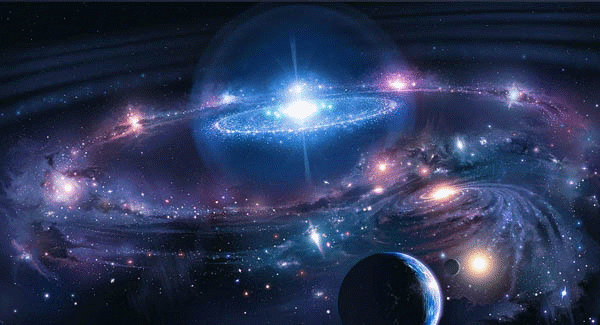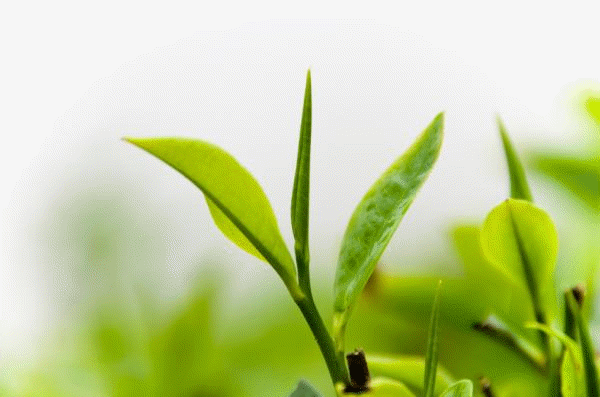 Life is based on carbon
Life is based on carbon's ability to form diverse structures and an endless number of
different carbon based molecules.
Life is based on carbon
Life is based on carbon's ability to form diverse structures and an endless number of
different carbon based molecules.
Life is based on carbon's ability to form diverse structures and an endless number of different carbon based molecules.
The study of carbon containing compounds has come to be known as Organic Chemistry. The food that we intake, the fragrances we inhale, the colors we see are predominantly due to organic compounds.
Carbon forms the backbone of biology for most of life on Earth. Complex molecules are made up of carbon bonded with other elements, especially oxygen, hydrogen and nitrogen, and carbon is able to bond with all of these because of its four valence electrons. Carbon is abundant on earth. It is also light weight and the atom is relatively small in size, making it easier for enzymes to manipulate carbon molecules. It is often assumed in Astrobiology, that if life exists somewhere else in the universe, it will also be carbon based.
 Carbon enters the biosphere through the action of plants
Plants use the sun's energy to transform CO2 in the atmosphere into the molecules of life.
These molecules are then passed along to animals that feed on plants.
Carbon enters the biosphere through the action of plants
Plants use the sun's energy to transform CO2 in the atmosphere into the molecules of life.
These molecules are then passed along to animals that feed on plants.
Although water is the universal medium for life on Earth, living organisms, including all the plants are made up of chemicals based mostly on the element carbon. Carbon enters the biosphere through the action of plants, which use the sun's energy to transform CO2 in the atmosphere into the molecules of life. These molecules are then passed along to animals that feed on plants. Of all chemical elements, carbon is unparalleled in its ability to form molecules that are large, complex, and diverse, and this molecular diversity has made possible the diversity of organisms that have evolved on Earth.
Proteins, DNA, carbohydrates, and other molecules that distinguish living matter from inanimate materials are all composed of carbon atoms bonded to one another and to atoms of other elements. Hydrogen (H), oxygen (O), nitrogen (N), sulfur (S), and phosphorus (P) are other common ingredients of these compounds, but it is carbon (C) that accounts for the large diversity of biological molecules.